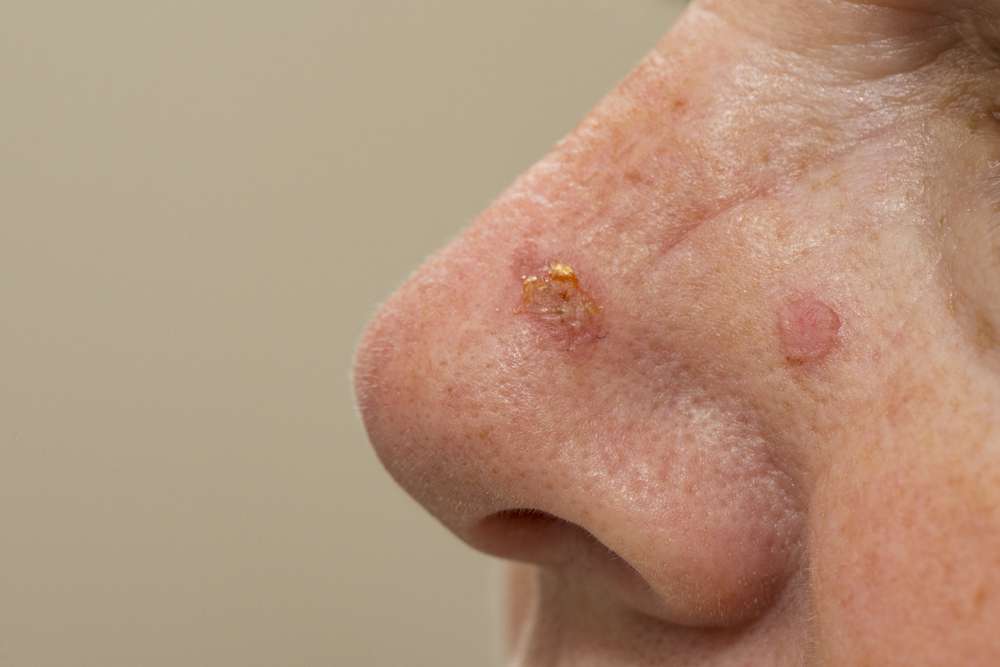Understand Angioedema Swelling and Its Impact on Your Health
Angioedema is a serious medical condition characterized by rapid swelling of deeper layers of skin and mucous membranes, typically affecting the face, lips, tongue, throat, hands, and feet. Unlike surface-level hives, angioedema involves deeper tissue swelling that can develop quickly and potentially become life-threatening when it affects the airways. Understanding this condition is crucial for anyone experiencing unexplained swelling, as prompt recognition and appropriate management can prevent serious complications and improve quality of life.

What is Angioedema?
Angioedema is a form of swelling that occurs in the deeper layers of the skin and mucous membranes, known as the subcutaneous and submucosal tissues. This condition develops when fluid accumulates in these deeper tissue layers, causing visible swelling that typically appears asymmetrical and affects areas with loose connective tissue. The swelling usually develops rapidly, often within minutes to hours, and can last anywhere from a few hours to several days. Unlike superficial hives that affect only the skin’s surface, angioedema involves deeper structures and can be particularly concerning when it affects the face, lips, tongue, or throat, as these areas can impact breathing and swallowing.
Recognizing Key Symptoms
The primary symptom of angioedema is non-pitting swelling, meaning the swollen area does not leave an indentation when pressed. Common areas affected include the eyelids, lips, tongue, cheeks, hands, feet, and genitals. The swelling typically appears larger and more pronounced than typical allergic reactions, often causing significant facial distortion. Patients may experience a tight, stretched feeling in the affected areas, and the skin may appear normal in color or slightly red. When angioedema affects the throat or tongue, individuals may experience difficulty swallowing, hoarseness, or a feeling of throat tightness. In severe cases involving the airways, symptoms can include difficulty breathing, wheezing, or stridor, which requires immediate medical attention.
Common Triggers and Causes
Angioedema can be classified into several types based on its underlying causes. Allergic angioedema is triggered by exposure to allergens such as foods (particularly shellfish, nuts, eggs, and milk), medications (especially ACE inhibitors, NSAIDs, and antibiotics), insect stings, or environmental allergens. Hereditary angioedema is a genetic condition caused by deficiency or dysfunction of C1 esterase inhibitor, leading to recurrent episodes without external triggers. Idiopathic angioedema occurs when no specific cause can be identified, which represents a significant portion of cases. Other triggers include physical factors like pressure, vibration, or temperature changes, viral infections, stress, and certain autoimmune conditions. Some individuals may develop angioedema as a side effect of medications, particularly ACE inhibitors used for blood pressure control.
Impact on Daily Health and Risks
The impact of angioedema on daily life can be substantial, affecting both physical health and psychological well-being. Recurrent episodes can interfere with work, social activities, and sleep patterns, particularly when swelling affects the face and causes cosmetic concerns. The unpredictable nature of angioedema attacks can create anxiety and social isolation, as individuals may avoid situations where they fear an episode might occur. From a health perspective, the most serious risk is laryngeal angioedema, which can cause airway obstruction and potentially fatal asphyxiation. Even non-life-threatening episodes can cause significant discomfort, difficulty eating or drinking, and impaired vision when eyelid swelling is severe. Chronic forms of angioedema can lead to fatigue, depression, and reduced quality of life due to the constant concern about potential triggers and episodes.
Management and Prevention
Effective management of angioedema focuses on identifying and avoiding triggers, implementing preventive strategies, and developing emergency action plans. For allergic angioedema, the primary approach involves strict avoidance of known allergens and carrying emergency epinephrine auto-injectors when prescribed by healthcare providers. Patients should work with allergists to identify specific triggers through detailed history-taking and appropriate testing. Environmental modifications may include using hypoallergenic products, maintaining clean living spaces to reduce allergen exposure, and being cautious with new foods or products. For hereditary angioedema, preventive strategies may involve avoiding known precipitating factors such as trauma, stress, or certain procedures. Individuals should maintain detailed symptom diaries to help identify patterns and potential triggers. Regular follow-up with healthcare providers is essential for monitoring the condition and adjusting management strategies as needed.
Managing angioedema effectively requires a comprehensive approach that includes emergency preparedness, lifestyle modifications, and ongoing medical supervision. Patients should develop clear emergency action plans and ensure family members understand when to seek immediate medical attention. Creating a supportive environment involves educating close contacts about the condition and its potential severity. Stress management techniques, regular exercise within individual tolerance levels, and maintaining overall good health can help reduce the frequency and severity of episodes. Healthcare providers may recommend keeping rescue treatments readily available and knowing when and how to use them appropriately.
This article is for informational purposes only and should not be considered medical advice. Please consult a qualified healthcare professional for personalized guidance and treatment.




